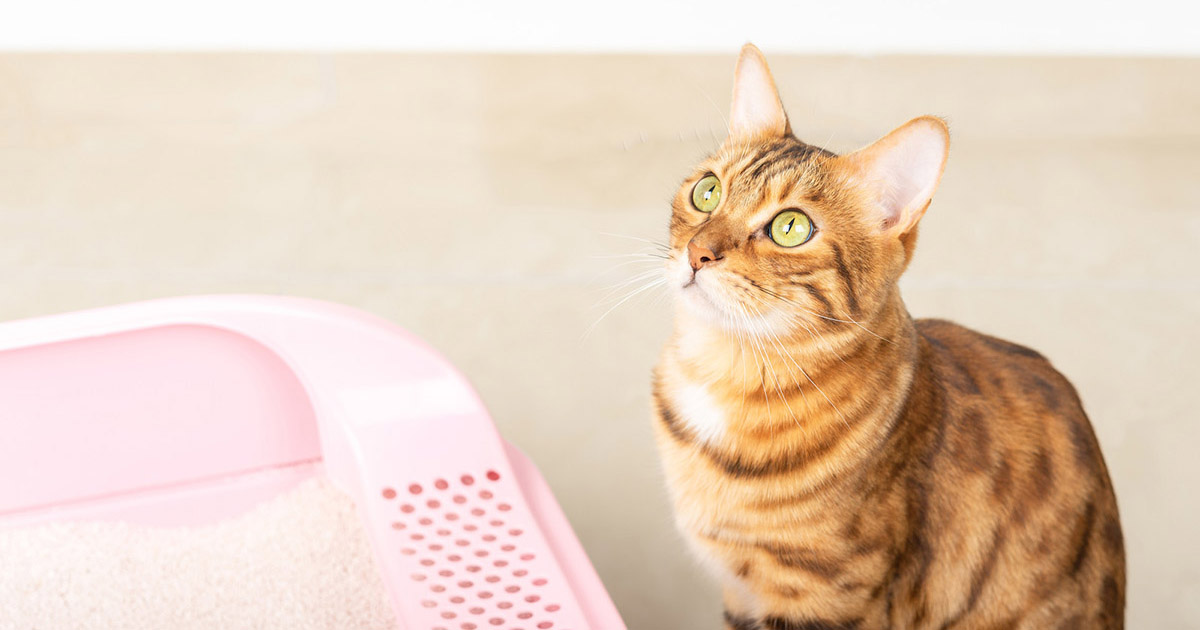The publisher is making several good points about How to Dispose of Cat Poop and Litter Without Plastic Bags in general in the content below.

Introduction
As cat proprietors, it's necessary to bear in mind just how we get rid of our feline friends' waste. While it may appear convenient to flush cat poop down the commode, this technique can have harmful consequences for both the setting and human health.
Alternatives to Flushing
Thankfully, there are more secure and much more responsible ways to deal with cat poop. Take into consideration the complying with alternatives:
1. Scoop and Dispose in Trash
One of the most typical method of disposing of feline poop is to scoop it into an eco-friendly bag and throw it in the garbage. Be sure to utilize a dedicated trash inside story and deal with the waste without delay.
2. Use Biodegradable Litter
Select eco-friendly cat trash made from products such as corn or wheat. These clutters are environmentally friendly and can be safely thrown away in the garbage.
3. Hide in the Yard
If you have a lawn, consider burying pet cat waste in a marked area away from vegetable yards and water resources. Be sure to dig deep enough to avoid contamination of groundwater.
4. Set Up a Pet Waste Disposal System
Purchase a pet garbage disposal system specifically made for pet cat waste. These systems use enzymes to break down the waste, minimizing smell and ecological effect.
Health and wellness Risks
Along with ecological problems, purging cat waste can additionally present health and wellness risks to human beings. Feline feces might consist of Toxoplasma gondii, a parasite that can create toxoplasmosis-- a potentially extreme health problem, particularly for expectant women and people with weakened body immune systems.
Ecological Impact
Flushing pet cat poop introduces unsafe microorganisms and bloodsuckers right into the supply of water, presenting a significant risk to water ecosystems. These pollutants can adversely influence aquatic life and compromise water quality.
Final thought
Accountable family pet possession expands past providing food and shelter-- it also involves appropriate waste management. By avoiding purging pet cat poop down the commode and going with alternative disposal methods, we can minimize our environmental footprint and protect human health.
Why You Should Never Flush Cat Poop Down the Toilet
A rose by any other name might smell as sweet, but not all poop is created equal. Toilets, and our sewage systems, are designed for human excrement, not animal waste. It might seem like it couldn’t hurt to toss cat feces into the loo, but it’s not a good idea to flush cat poop in the toilet.
First and foremost, assuming your cat uses a litter box, any waste is going to have litter on it. And even the smallest amount of litter can wreak havoc on plumbing.
Over time, small amounts build up, filling up your septic system. Most litter sold today is clumping; it is made from a type of clay that hardens when it gets wet. Ever tried to scrape old clumps from the bottom of a litter box? You know just how cement-hard it can get!
Now imagine just a small clump of that stuck in your pipes. A simple de-clogger like Drano isn’t going to cut it. And that means it’s going to cost you big time to fix it.
Parasitic Contamination
Believe it or not, your healthy kitty may be harboring a nasty parasite. Only cats excrete Toxoplasma in their feces. Yet it rarely causes serious health issues in the cats that are infected. Most people will be fine too if infected. Only pregnant women and people with compromised immune systems are at risk. (If you’ve ever heard how women who are expecting are excused from litter cleaning duty, Toxoplasma is why.)
But other animals may have a problem if infected with the parasite. And human water treatment systems aren’t designed to handle it. As a result, the systems don’t remove the parasite before discharging wastewater into local waterways. Fish, shellfish, and other marine life — otters in particular — are susceptible to toxoplasma. If exposed, most will end up with brain damage and many will die.
Depending on the species of fish, they may end up on someone’s fish hook and, ultimately on someone’s dinner plate. If that someone has a chronic illness, they’re at risk.
Skip the Toilet Training
We know there are folks out there who like to toilet train their cats. And we give them props, it takes a lot of work. But thanks to the toxoplasma, it’s not a good idea.

As a reader on How to Dispose of Cat Poop and Litter Without Plastic Bags, I assumed sharing that piece of content was really useful. Sharing is good. Helping people is fun. We thank you for reading our article about How to Dispose of Cat Poop and Litter Without Plastic Bags.
Schedule Estimate